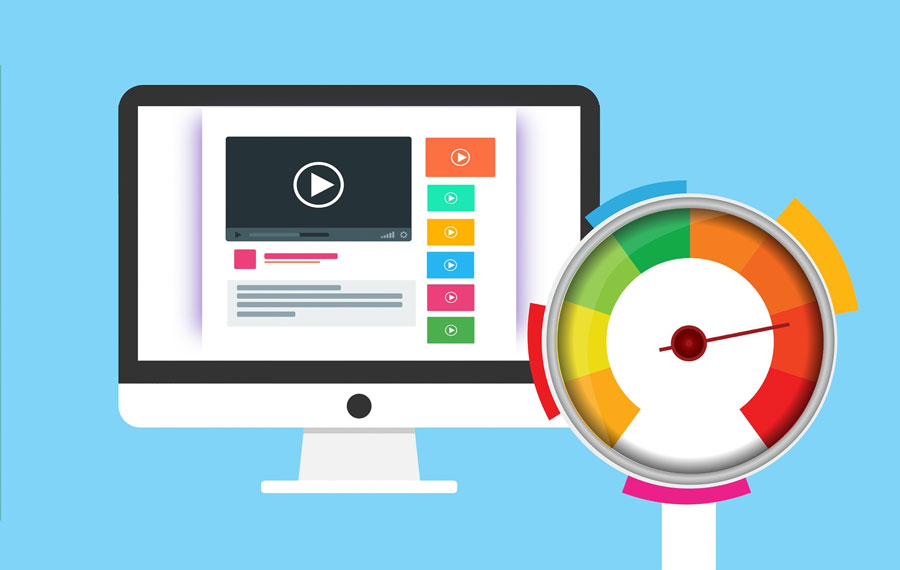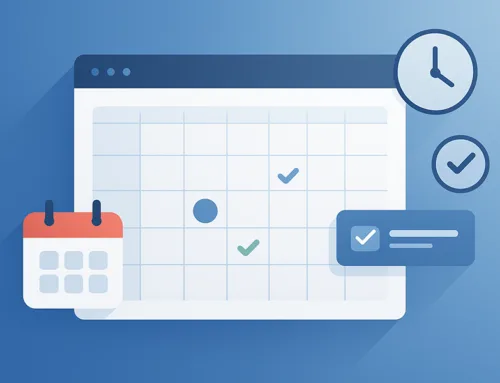People are impatient, really impatient and if your WordPress site slows to a crawl, they’ll be gone never to return. A potential customer lost. By making your website faster you will create a better visitor experience. Google has found that just a delay of 0.4 seconds changes visitors behaviour, making them less likely to use the site as much now and on returning visits, while Amazon found that each additional 100ms in latency cost them 1% of sales.
Not only could you be losing visitors, but website speed is a ranking factor too. So you are reducing the number of visitors to your site as well.
When you are looking to improve speed your first step is to get a benchmark reading of how fast your site really is. GTmetrix (gtmetrix.com) or Pingdom Tools is a good place to analyze your site and check your results. Once you know where your site stands, the following techniques can be applied to your WordPress site to give it a speed boost.
1. PHP 7+

If you aren’t currently using PHP 7 and above you are really missing out on a performance boost to your WordPress install. PHP 7 incorporates Zend Engine 3.0 which is a marked improvement over version 2.0, doubling the performance of apps and cutting in half the memory use over PHP 5.6.
This is one of the easiest upgrades you can implement on your site, because you just need to enable a radio button on your server.
WordPress used to have to execute nearly 100 million CPU runtime instructions in older versions of PHP, but now in 7, it is down to 25 million. Benchmarks suggest you may be able to decrease load time by as much as 50% over older installs.
2. Update Your Server Software
It is important to make sure you are running the latest versions of, not only WordPress itself, but also other components running on your site.
Updating to the latest version of MySQL, for example, provides performance enhancements of up to 2x faster. They have been able to set new benchmark records of nearly 1.8 million queries per second.

Once again, this is typically a very simple job. Just speak to your hosting server, who should be able to help you do an automatic and free upgrade of the database and other software.
3. Set up your site on a VPS
One major reason for a slow site can be down to your hosting package. If you’re using shared hosting to keep the costs down it could be a false economy. Get a few dozen visitors to your site and you could find it grinding to a halt.
VPS hosting is a virtual private server, it’s still shared hosting but it replicates the features of a dedicated server. Most websites don’t need a fully dedicated web server or the costs associated with it. VPS bridges the gap between a shared and a private server allowing you the benefits of your own server without the financial commitment.

Choosing a virtual private server may be a more expensive option, but it will give you access to more features as well as providing your site more resources to handle requests. You won’t have the problem of someone else’s site hogging the server’s processing power and slowing or bringing down your site in the process.
If you’d like to understand more about the benefits of a VPS, you can have a look at the following article: InMotion VPS Hosting Review – Is It Worth the money? (7 thoughts) – CollectiveRay
4. Page Caching
A caching plugin will take your dynamic content and create a static HTML version, serving the lightweight page to visitors. The HTML version uses fewer resources than the PHP scripts your site runs, speeding up the whole process.

Another way to use caching to speed up WordPress is with the use of OPcode caching. OPcode caching works by storing PHP script compiled in the cache, once the calculation has been performed the first time. Scripts can then be loaded extremely quickly as required.
This can naturally lead to significant speed improvements. OPcache is already part of PHP 7 but may not be enabled in your distribution package by default.
You’ll need to ask your hosting company to enable this for you, or else set up your site on a VPS as discussed above, which will give you more control of the server software.
5. Troubleshooting Problem Plugins
Anyone who is capable of writing PHP code can create a WordPress plugin, but it doesn’t mean they will all do a good job of it. If your site is running at a slower pace than you would like, could the culprit be a plugin?
The first thing to do is to remove any unnecessary plugins, the more bloated your install the slower it becomes. Once you’ve done that, it’s not a bad idea to make sure your plugins are up-to-date as well.
If you have noticed your site becoming slower recently, start by removing the most recent addition then work your way back checking for a speed improvement. When you find the cause of the problem you will need to find an alternative plugin if you can’t do without the feature.
You can also use plugins such as P3 profiler, which can help you find troublesome plugins.
Conclusion
Applying these five improvements to your install will make WordPress faster and improve, not only the number of visitors to your site but also the amount of time they spend with you. You don’t need to commit to all these techniques to make a difference, just one or two of them should make a big difference in improving your SEO, bounce rate and ultimately your conversions too.





